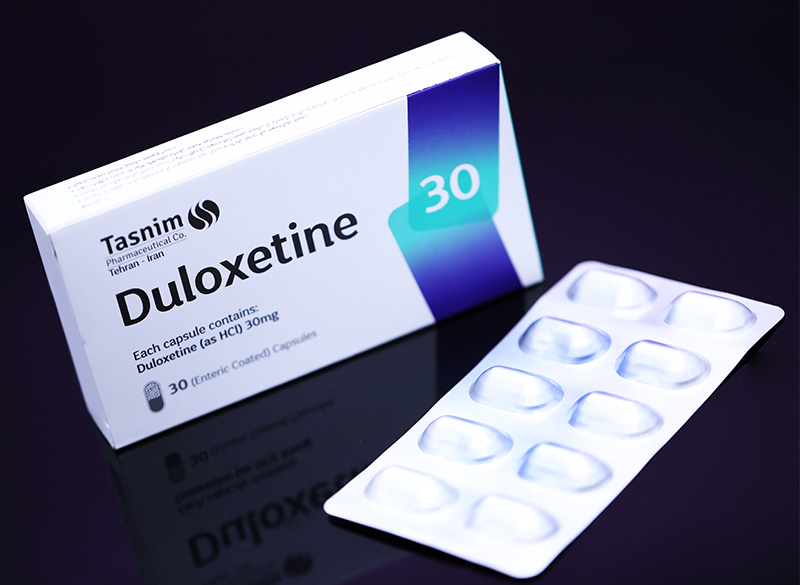Philip J. Mease, MD
Opinion
An expert rheumatologist reviews the efficacy and safety of the 3 FDA-approved therapies for treating fibromyalgia—pregabalin, duloxetine, and milnacipran.
EP: 1.Impact of Brain on Nociplastic Pain for Fibromyalgia
EP: 2.Approaching Management of Fibromyalgia and Unmet Needs in TreatmentEP: 3.Current Treatment Options for FibromyalgiaEP: 4.Treatment Selection and Strategy for Fibromyalgia AgentsEP: 5.Clinical Pearls for the Management of FibromyalgiaEP: 6.Overview of FibromyalgiaEP: 7.Challenges for Patients With FibromyalgiaNow ViewingEP: 8.FDA-Approved Therapies for FibromyalgiaEP: 9.Treatment Selection in FibromyalgiaEP: 10.Clinical Pearls for Clinicians Treating FibromyalgiaEP: 11.Future Developments in Fibromyalgia Treatment
This is a video synopsis/summary of a panel discussion involving Philip J. Mease, MD.
Effective management of fibromyalgia involves a spectrum of medications targeting symptoms like sleep disturbances and pain. Tricyclic antidepressants, utilized historically, demonstrated efficacy in improving sleep and ameliorating pain. However, their limited dosage capacity due to adverse events prompted the exploration of newer alternatives. Presently, 3 FDA-approved medications stand out for fibromyalgia treatment. Pregabalin, a notable contender, functions by limiting neuropeptides in the ascending nociceptive pathway, including GABA and substance P, which are excessively present in the central nervous system.
Additionally, 2 drugs, duloxetine and milnacipran, have gained approval for their ability to enhance serotonin and norepinephrine signaling in the descending pathways of the central nervous system. This dual action not only diminishes pain but also brings about improvements in sleep and fatigue. Significantly, these newer medications boast better tolerance compared to their tricyclic predecessors, marking a positive stride in fibromyalgia pharmacotherapy.
An intriguing study explored the combination of milnacipran and pregabalin, revealing an additive effect without an increase in adverse events. This finding suggests a potential avenue for combination therapy to enhance therapeutic benefits while minimizing unwanted effects. Precautions, however, are essential, particularly concerning potential interactions with antidepressants. Excessive serotonin effects may arise when combining these medications, necessitating a collaborative approach with other healthcare providers. This underscores the importance of interdisciplinary communication to tailor treatments and optimize patient care. In essence, these medications play a pivotal role in addressing the complex challenges faced by fibromyalgia patients, addressing not only pain but also encompassing improvements in physical function, cognition, fatigue, and overall patient well-being.
reference<https://www.hcplive.com/view/fda-approved-therapies-for-fibromyalgia



